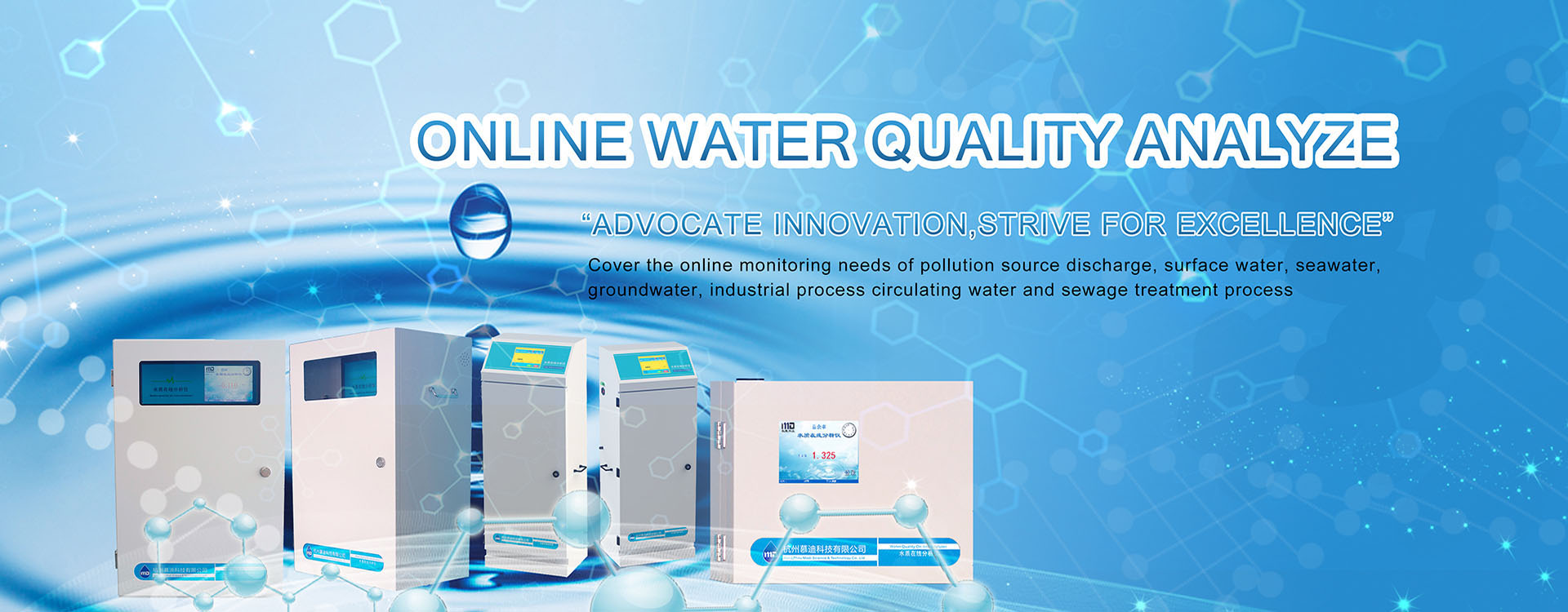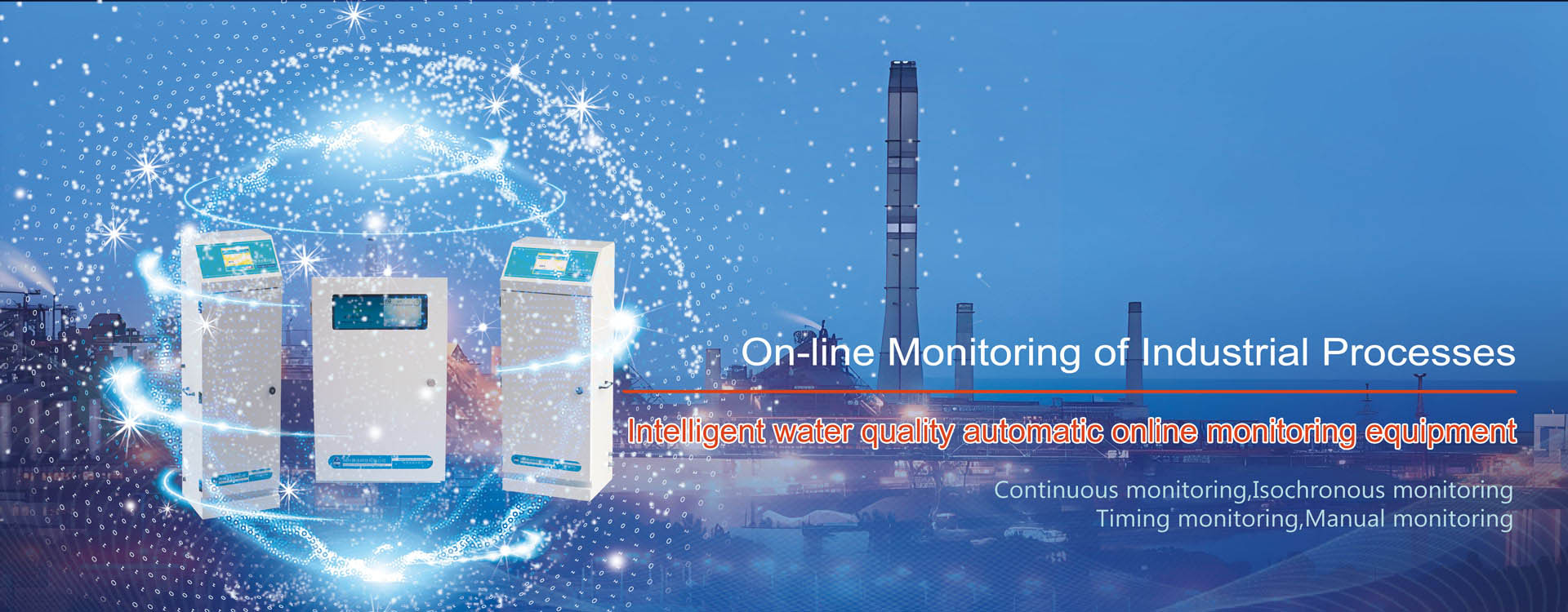The mercury in general wastewater mainly comes from different factories such as metal smelting, chemical engineering, papermaking and dyeing. So, how should mercury in wastewater be treated? How do the staff test for mercury in the water? The following online water quality monitoring instrument manufacturers will go and learn about the related issues together with everyone!
There are various methods for staff to remove inorganic mercury from wastewater, such as sulfide precipitation, chemical coagulation, activated carbon adsorption, metal reduction, ion exchange and many other methods. Among them, the slightly alkaline wastewater containing mercury is usually better treated by chemical coagulation or sulfide precipitation. The slightly acidic mercury-containing wastewater can also be treated by metal reduction. However, low-concentration mercury-containing wastewater can be treated by methods such as activated carbon adsorption and chemical coagulation. Additionally, organic mercury wastewater is relatively difficult to handle. Usually, staff will oxidize organic mercury into inorganic mercury before treating it!
As for how to detect the mercury content in wastewater and thereby determine the mercury content in water?
The T8000-HG online mercury analyzer for water produced by Hangzhou Modi–Tech uses high-temperature acidification digestion to convert all forms of mercury into a uniform valence state. After masking other interfering ions, it measures the total mercury content in wastewater by colorimetry, which meets relevant standards!
The working principle of this product is that when the water sample undergoes pretreatment, it is first injected into a special reactor by an injection pump, and then reacts with oxidizing reagents to oxidize all forms of mercury in the water sample into divalent mercury ions. Then, an excess of oxidant is reduced and the pH of the solution is adjusted. Subsequently, a characteristic color-developing agent is added for extraction and color development reactions. Within this detection range, the color will change, and the extent of the change is directly proportional to the total mercury concentration in the water sample. Thus, by measuring the degree of color change, the content of total mercury in the water sample can be calculated. By using the online extraction technology, the monitoring line of the online mercury analyzer in water is reduced, making this instrument a real-time monitoring instrument for mercury concentration in water in various industries!




